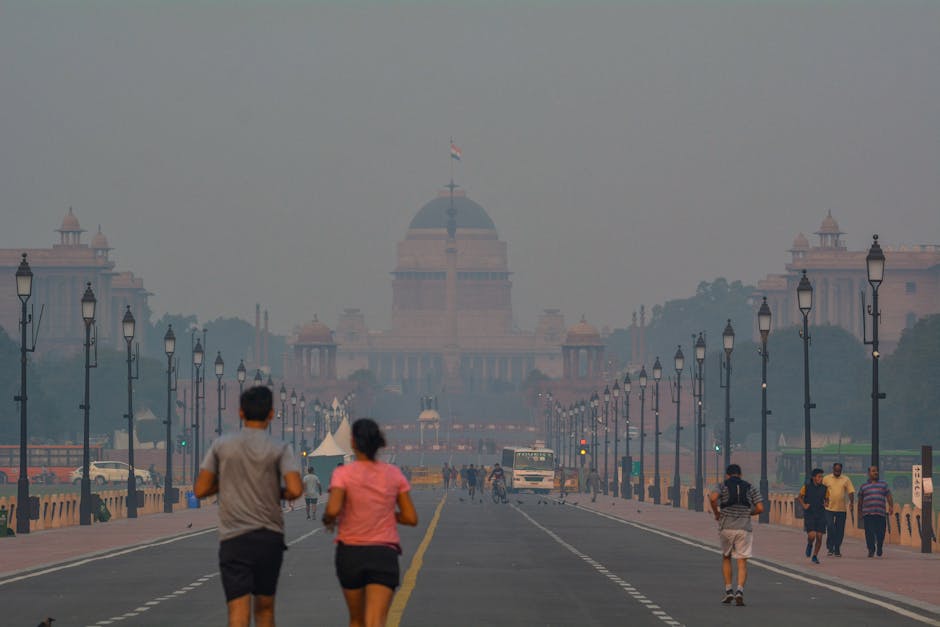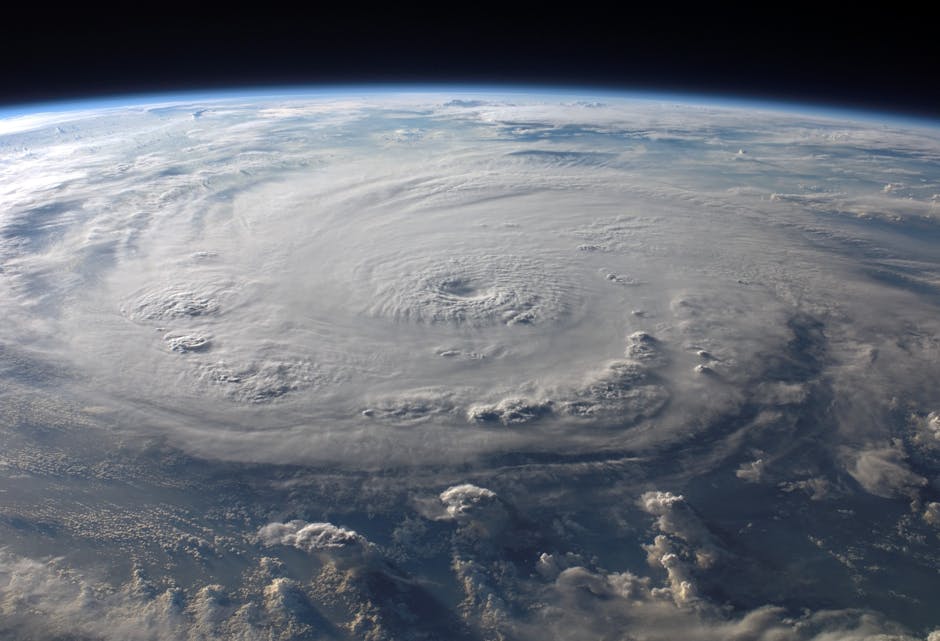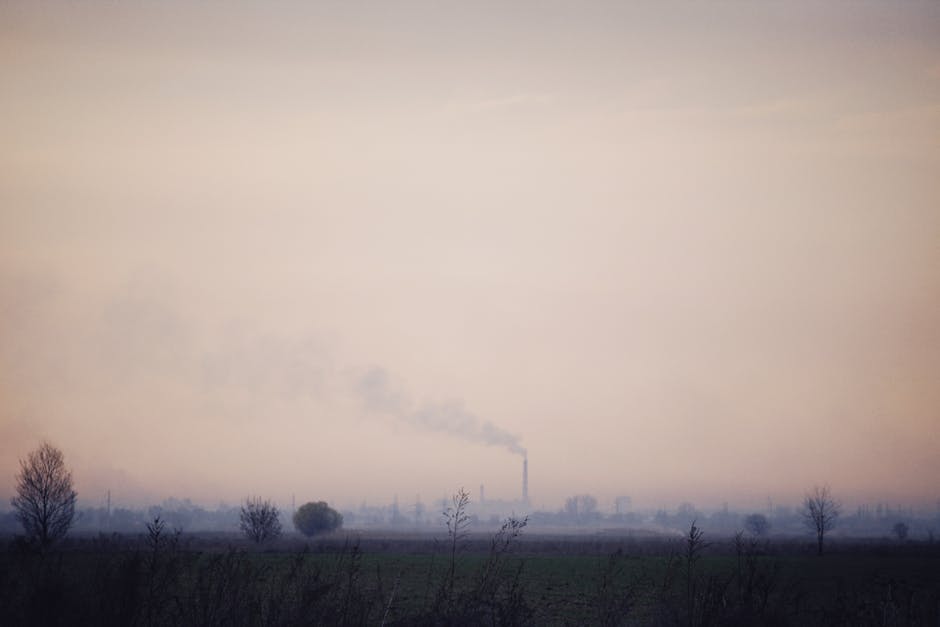Delhi’s National Stadium Records ‘Very Poor’ Air Quality
The air quality at the Major Dhyan Chand National Stadium in Delhi has reached a hazardous level, with the Air Quality Index (AQI) currently registering 333. This reading places the air firmly in the “Very Poor” category, posing a significant health risk to athletes, staff, and nearby residents.
The irony is stark: a venue dedicated to peak physical performance is enveloped in toxic air, highlighting the severe environmental challenges facing India’s capital.
Understanding the Dangers of an AQI of 333
An AQI reading of 333 is not a minor concern; it signals a public health emergency. The air is saturated with harmful pollutants, primarily PM2.5 and PM10 particulate matter. These microscopic particles can bypass the body’s natural defenses, leading to:
- Severe respiratory distress and breathing discomfort, even in healthy individuals.
- Aggravation of existing conditions like asthma and bronchitis.
- Increased risk of cardiovascular problems.
- Long-term health complications from prolonged exposure.
For vulnerable groups—including children, the elderly, and individuals with pre-existing lung or heart conditions—the threat is immediate and severe.
A Temple of Sport Shrouded in Smog
The Major Dhyan Chand National Stadium is a landmark of Indian sport. It’s where athletes train to push the limits of human endurance, requiring deep, powerful breaths to fuel their performance. Today, that very act of breathing is dangerous. The thick, grey haze choking the grounds turns a field of dreams into a health hazard.
This raises a critical question: How can Delhi nurture future sporting champions when the city’s air is actively harming their health? The poor air quality directly impacts training schedules, athletic performance, and the long-term well-being of our sportspeople.
Key Causes of Delhi’s Winter Pollution
The alarming AQI at the National Stadium is part of a familiar and tragic winter pattern in Delhi. The toxic air is a result of a combination of factors:
- Stubble Burning: Smoke from crop residue burning in neighboring states drifts over the capital.
- Vehicular Emissions: Heavy traffic contributes a significant amount of pollutants.
- Construction Dust: Uncovered construction sites release large amounts of particulate matter.
- Weather Patterns: Cooler temperatures and lower wind speeds trap pollutants close to the ground, creating a thick layer of smog.
While the government implements measures under the Graded Response Action Plan (GRAP), such as temporary bans on construction, the recurring nature of the crisis shows that more sustainable, long-term solutions are needed.
How to Protect Yourself from Poor Air Quality
As the city grapples with this crisis, individuals must take precautions. Here’s what you can do:
- Limit Outdoor Exposure: Avoid strenuous activities, jogging, or walking outdoors, especially during the early morning and late evening.
- Wear a Mask: If you must go out, use a well-fitted N95 or FFP2 mask to filter out pollutants.
- Use Air Purifiers: Invest in a quality air purifier with a HEPA filter for your home and workplace.
- Keep Doors and Windows Closed: Prevent polluted outdoor air from entering your living spaces.
The reading of 333 at a national landmark is a powerful call to action. It underscores the urgent need for stricter environmental policies, greater public awareness, and a collective commitment to clearing the air for good.




